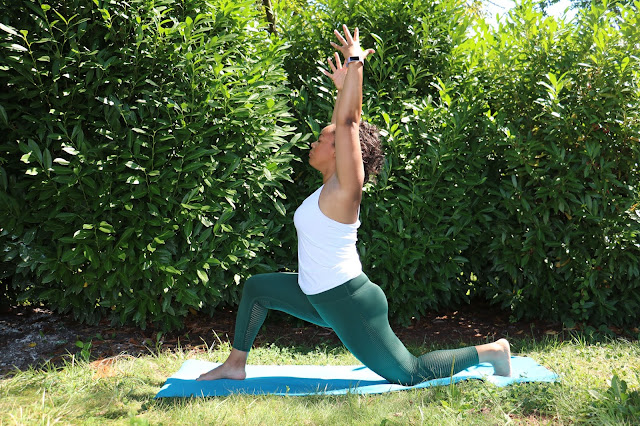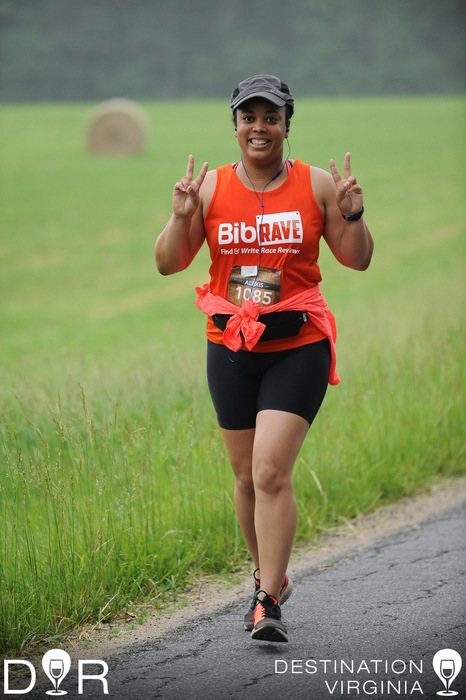Updated & revised 2nd October 2020
[Intro note: In this series of posts I’ll share my personal experiences of intermittent fasting and the impact it has on my own weight, body composition, fitness and physical and mental health. I’ll also share what I’ve learned from doctors and sports scientists studying intermittent fasting – but please be aware that I am neither and these blogs are not intended as medical advice.]
“No matter how much I exercise or diet I just can’t seem to get this pad of fat off my belly, I’m beginning to think I’m stuck with it for life”
…I’ve long since lost count of the number of people coming to me saying this kind of thing.
I know exactly how it feels, for years I struggled with body fat – for me it was more on my hips and lower body, but equally stubborn.
I tried all manner of ridiculous plans, sometimes exercised for literally hours every day… And although I would see results, sometimes great results, it was never from a lifestyle I could sustain so inevitably any changes were short-lived.
I’ve talked about how the frustrations of this led me to make some crazy decisions many times before – so here I’ll just sum it up by saying I over-exercised to ridiculous extremes and yo-yo dieted – it wasn’t smart and it didn’t end well.
It all began to change for me back in 2012. I was already a qualified personal trainer, but still mainly working in my previous role as a journalist, although I was now a specialist health and fitness journalist. In my work I regularly spoke to experts like top sports scientists and nutritionists – a couple of them had mentioned Intermittent Fasting (IF).
IF was gaining popularity in the bodybuilding world, which really piqued my interest because my ultimate goal was for my body to be strong and lean, rather than skinny. I didn’t want to get my body fat as low as competing bodybuilders do or to pack on as much muscle, but I reasoned that if those guys could maintain as much muscle and be as lean as they are using IF then maybe it could help me get leaner without sacrificing my strength and fitness.
So my experiments with IF began. I played around with various approaches and protocols before honing it to what worked for me… and, wow, did it work!
Nowadays I don’t count calories or track macronutrients, I exercise for less than half the time I did previously, I regularly indulge in my favourite foods – and I love the condition my body is in!
You’ve probably heard the “I tried everything but this really works!” thing loads of times before. But, hopefully you know enough about me to realise I’m not into selling faddy plans – in fact I’m not selling anything here. I’m not even recommending any product or plan. I just want to bust some misconceptions around intermittent fasting and arm anyone who wants to try it with some valuable information and tips.
Please don’t compare what I’m saying here to some celebrity who recently dropped a ton of weight on a crash diet – getting lean in the short term is not the hardest part, as anyone who’s ever done it knows. Maintaining it is the tricky bit.
This is why I’m here telling you that, eight years after discovering IF I’ve not only maintained my initial results, but progressed further.
Sure, there have been times when I regained a bit of softness – lockdown being the most recent. But knowing how to use IF combined with the right workout plan has made it relatively easy to get back on track in only a couple of months.
I went through years of struggle to get to the point where I finally felt in control of my body composition but I’m kind of glad I had that journey now. After starting IF and developing my current style of training in my thirties I got to turn 40 in the best shape of my life.
This is a real-world approach and a tool people can use without it costing a penny.
Dieting’s Dirty Secret
As I alluded to above, the big fat lie the diet industry tries to hide is that vast majority of people who lose weight regain it, and then some.
Face it, we all sort of know this really, but it’s so alluring to believe that this year’s hot new diet could be “the one that works for me”, right?
Not sure if you’re old enough to remember how we all got inspired by The Biggest Loser show back in the 2000’s. It was sort of a reality game show, where obese people competed to lose weight and the results they got were amazing…
Sorry if did get inspired by that show, but I have to tell you, most of them have now regained it all, some are even bigger now than at the start of the show.
One of the contestants recently remarked that they couldn’t make a reunion show because “we’re all fat again”.
That’s just one famous example of what commonly happens to the majority of people who lose weight.
Bit disheartening, right?
Chin up though, I have good news! Prospects for maintaining a healthy weight* with IF are a lot better.
It’s certainly working for me. I’m just one person, of course, but in this blog series I’ll share the evidence to show it could help lots of other people too.

Emerging Science
Although fasting has been around for centuries, there hasn’t been a great deal of scientific study of until recently, but that’s changing. On a personal level, for me it’s a super-exciting time. I’ve known for years that IF works, but only now am I starting to really understand WHY.
This is going to be massively helpful for me in coaching my clients and website members. Until now I’ve largely stayed away from giving diet advice, aside from explaining general healthy eating concepts. But now firm evidence supporting my approach is emerging I’m getting confident about helping you enjoy the benefits of IF too.
Alright, enough background about why I’m so passionate about this, let’s get stuck into the ‘what’, ‘why’, and ‘how’ of Intermittent fasting.
The Insane Benefits of Intermittent Fasting
If I hadn’t read and researched as much as I have on the subject of IF I suspect I’d find this list outlandish and I’d be very sceptical. If you feel that way, that’s cool, don’t take my word for it go do your own research, but please keep an open mind.
As you read what I have to say throughout this series, I think that, like me, you’ll come to see that it actually makes massive sense that we’d get these benefits.
Here’s what IF can do for us:
– Easier and more sustainable weight loss
– Weight lost is mostly from fat stores with muscle and bone preserved far better than dieting
– Anti-aging. It literally keeps us physically younger on a cellular level
– Protection against diseases, including serious conditions like cancer
– Improved brain function
– Reduced inflammation and bloating
– Less hunger
– Better gut health and digestion
– Boosted metabolism
– Stronger muscles and bones
– Better mental health
– Extended lifespan
I know, I know, as I’m typing this I’m thinking, ‘this sounds insane’!
Am I really saying we can have lean athletic bodies, look and feel younger, be happier, stay healthier AND live longer, simply by not eating for intermitted periods of time?
Yep! …Well, kinda.
You need to support IF with some other lifestyle factors to get the full benefits, but like I said I’ll explain more as we go and along the way you’ll discover why list is not actually as crazy as it first sounds.
Wait, IF’s Not for Everyone
Before we go further I need to point out that IF isn’t for everyone. Even for those of us who are fine with it, there will be times when it’s best not to do it. For example, a couple of years ago I broke my wrist and I didn’t do IF for four or five months while my bone healed. IF may not have actually been harmful at that time, but I didn’t know for sure, so I played safe. I recommend you do the same. If any doubt seek medical advice.
I do not recommend fasting (unless under medical supervision) for people aged under 21, over 70, ill, injured, on any medication, have an eating disorder, low BMI, diabetic, pregnant, breast-feeding, have any health issues, or recently experienced any physical or mental trauma.
Unless you’re aged 21-70 and in good health, speak to your doctor before you do this.
My Fasting Style
I’ll talk more about different styles of fasting and how to get started in a later post. I want you going into this with all the knowledge you need to make it work for you and that’s going to require a bit of reading first.
But to give an idea of where we’re going here and what I’m talking about, here’s a bit of background on the approach I’ve found works for me.
I fast “clean”, also known as a “water fast”. This means I don’t eat or drink anything which has calories during the times I’m fasting.
My approach is not rigid, I mould it to whatever is going on in my life and I don’t always fast.
At times when it works for me to fast regularly, typically do one 24-hour fast every 2-3 weeks and 16/8 fasts 4-5 days per week. (But this changes, sometimes I do longer daily fasts and skip the 24-hour fast for a few weeks, other times I might do a longer than 24-hour fast then do shorter daily fasts.)
A 16/8 fast means I fast for 16 hours and eat all my food for the day in the remaining eight hours. In this protocol much of the fasting window is overnight while I sleep, so I don’t find this particularly restrictive. I just have my breakfast later on those days.
The longest fast I’ve done so far is around 60 hours. When I do this I reduce my regular fasts.
Please note, this is not the same as starvation. I cannot overemphasise that this is NOT about starvation. Eating lots of nourishing foods in the times when we eat is just as important as the times of not eating to get the benefits I’m talking about.
I am strong, fit and healthy – you don’t get that way if you deprive your body of the nutrients it needs.

Just a Dash of Milk?
While fasting I drink lots of water, I also drink green, black or white tea (without milk). That’s it. (A lot of people who fast this way have black coffee, which is fine too, I just prefer tea.)
When I talk about clean fasting I always get questions from people asking if they can have this or that to eat or drink during a clean fast. “Can I have milk in my tea/coffee?”, is the most common one.
Usually I reply saying, “you can have whatever you want!”
I know that might sound a bit factious. Sorry. I don’t mean to be a dick. I just really want to get people out of the habit of thinking terms of “can” and “can’t have” around food.
It’s no mystery to me why the only people I hear talking about food that way usually have years of struggling with diets under their belts.
“Can eat” and “can’t eat” are terms people use when they’re stuck in the restrictive diet mentally. It’s not helpful.
We’re adults, we’re free to eat and drink what we like. It’s time we owned our choices and the outcomes of those choices.
But, to properly answer the question – if you want to get the full benefits of fasting you don’t want to choose anything with calories. Milk has calories.
I sort of think most people who ask that question already know this. I suspect they think I might know a loophole that’ll somehow make it OK to have milk (“just a dash in my tea/coffee”) during a time of zero calories.
So, for the record, unfortunately, no. As magical as I am, I do not have the power to make calories disappear. Even in tea or coffee. 😉
But, you know, once you get used it having it without it’s really just as good.
So it’s Just a Different Way of Reducing Calories, right?
This one stumped me for ages.
Eat less, move more, right?
All about calories in vs calories out?
I used to be a big believer in this. It made sense…Although I did often notice little signs, like glitches in the matrix, that things weren’t quite as straightforward as this.
But experts kept saying calories-in-calories-out was all that mattered when it came to fat loss. Basic physics, energy in vs energy out. Who was I to question it?
Right up until recently, I would agree that IF was “mostly” just a way to reduce total calories and that’s how it worked…
Actually, I sort of knew there must something else going on, there had to be because I’d experienced so much more success with intermittent fasting, even though before I was eating far fewer calories overall. But I had no satisfactory explanation for why and I only ever want to give people evidence-based, science-backed advice, so I played safe.
Happily, a new wave of scientists are presenting solid proof of what many of us have seen happening for decades but couldn’t quite explain – that calories in vs calories out (CICO) does not work for most people in the long term.
Don’t get me wrong, calories do matter. They’re just not the only the thing that matters.
Let’s not forget that calorie is simply a unit of measurement, not an actual tangible “thing” that exists in your food. In the same way that a centimetre doesn’t actually exist, it’s a unit of measurement of distance, a calorie is a simply a unit of measurement of energy.
And let’s remember that the fat on our bodies is simply a store of energy.
I’m just saying that when it comes to how and when this energy is stored and released in our bodies (i.e. how we get fatter or leaner) things are not quite as simple as calories eaten vs calories expended.
If you’re skeptical, that’s fine, clearly I was too. Please come back next week for my next post in this series and I’ll explain what, aside from my own experiences, changed my view.
[End note: I have a lot to share on this subject which is why this is a series rather than a single post. So if there’s something not covered in this post it’s probably not because I haven’t considered it, it’s mostly like something I’ll come to later in the series. In future posts I’ll cover practical advice on how to start intermittent fasting, the reasons why we should consider more than calories-in-vs-out, how fasting actually makes us less hungry, why I haven’t lost muscle/strength from fasting and more.]
Parts 2 & 3 are now published:
Part 2
Part 3









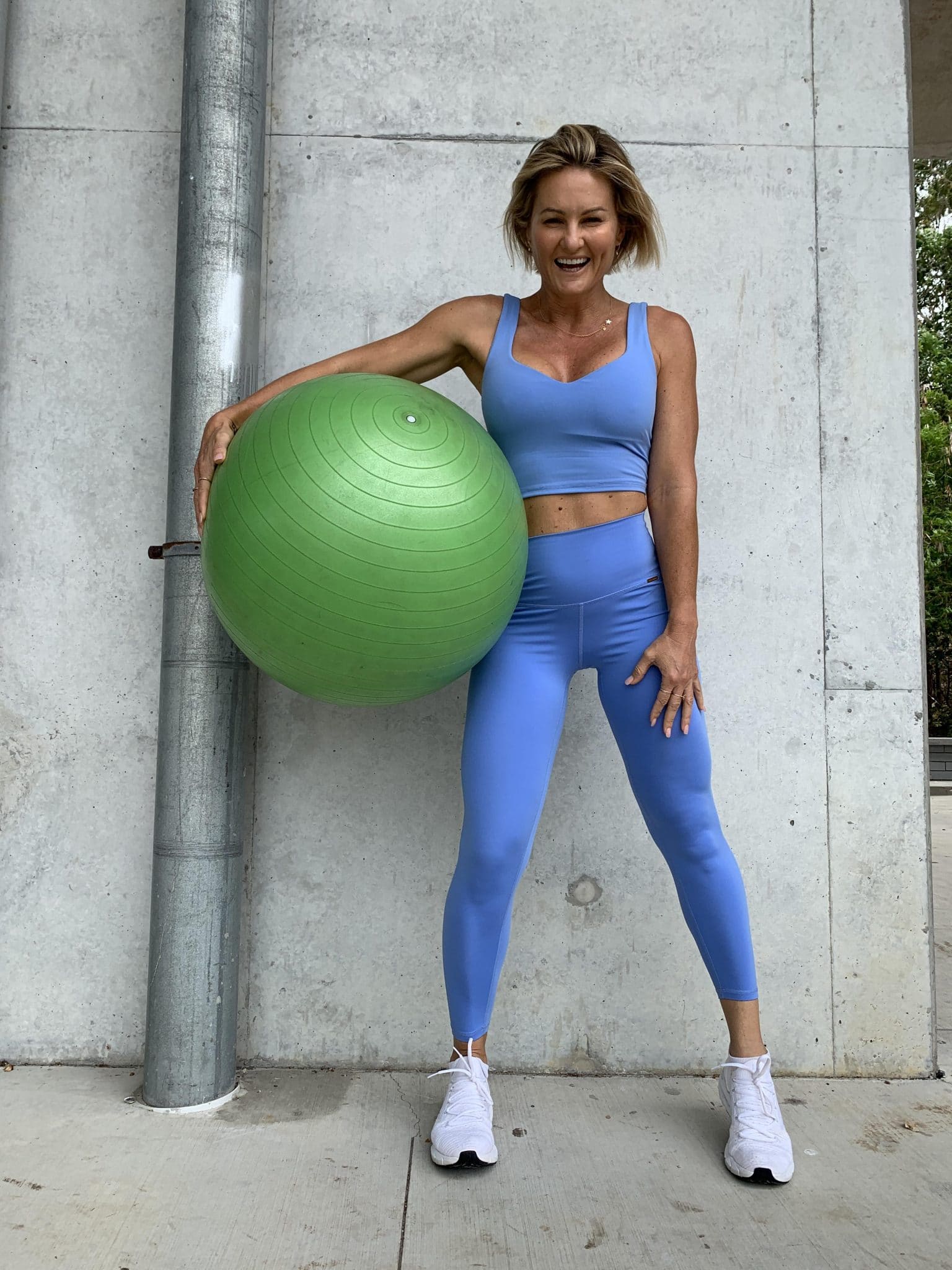




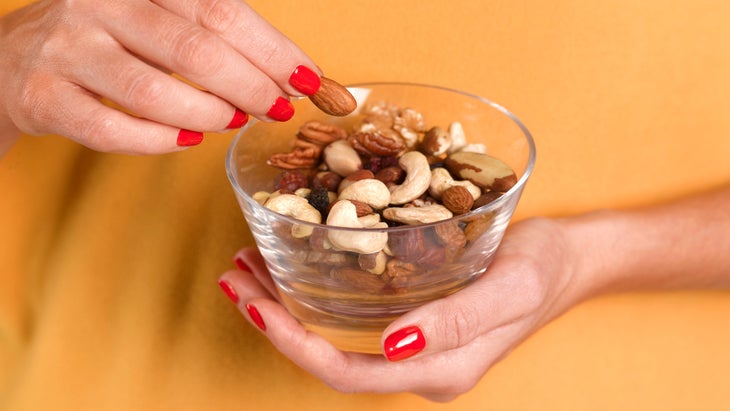
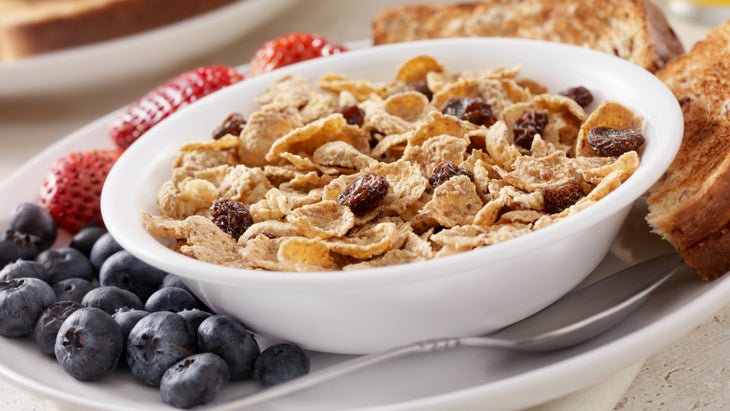
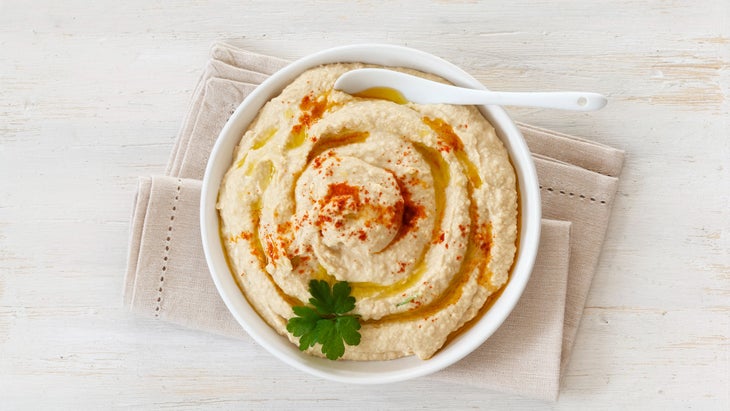






 Altemus, M., Deuster, P. A., Galliven, E., Carter, C. S., & Gold, P. W. (1995). Suppression of hypothalmic-pituitary-adrenal axis responses to stress in lactating women. The Journal of Clinical Endocrinology & Metabolism, 80(10), 2954–2959. doi:10.1210/jcem.80.10.7559880
Altemus, M., Deuster, P. A., Galliven, E., Carter, C. S., & Gold, P. W. (1995). Suppression of hypothalmic-pituitary-adrenal axis responses to stress in lactating women. The Journal of Clinical Endocrinology & Metabolism, 80(10), 2954–2959. doi:10.1210/jcem.80.10.7559880




